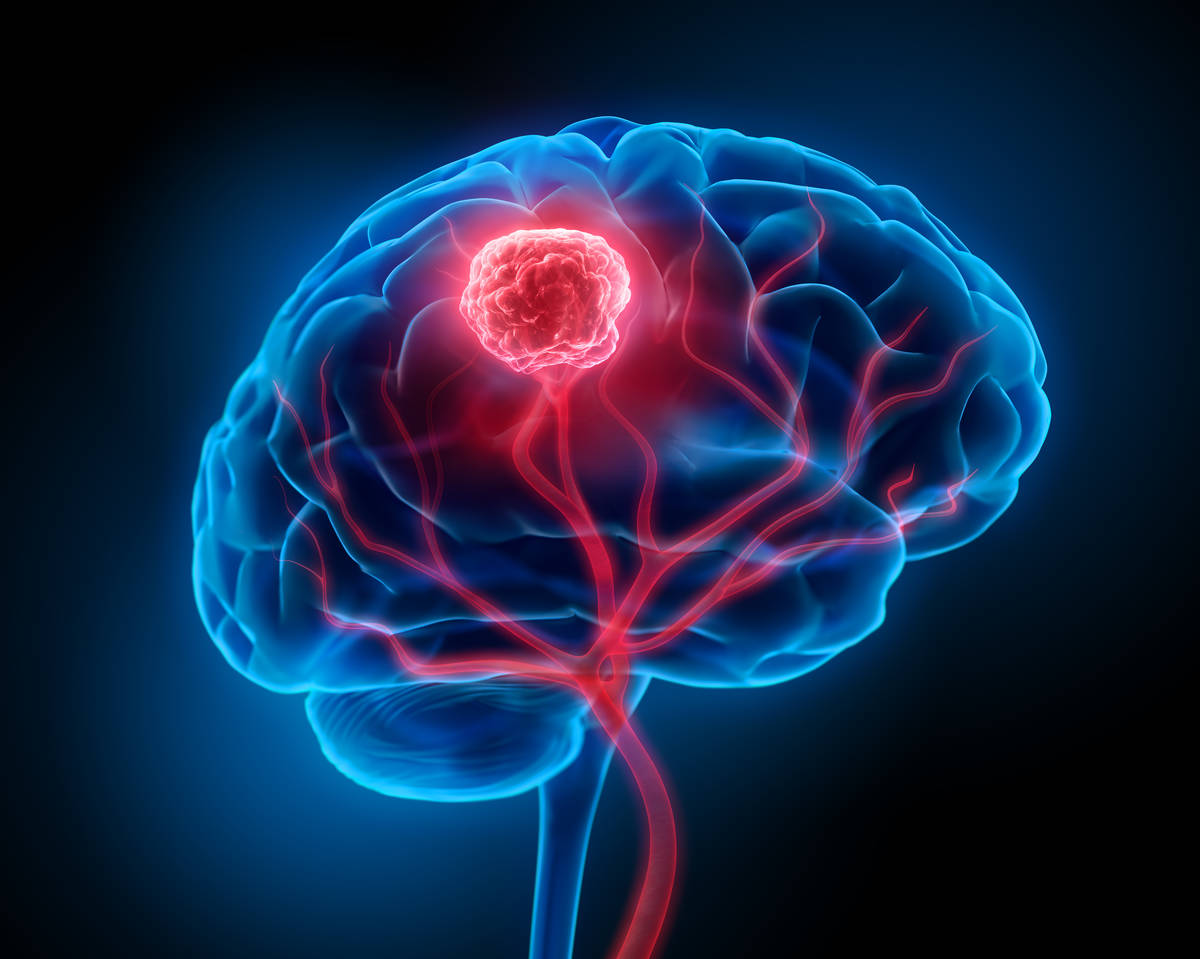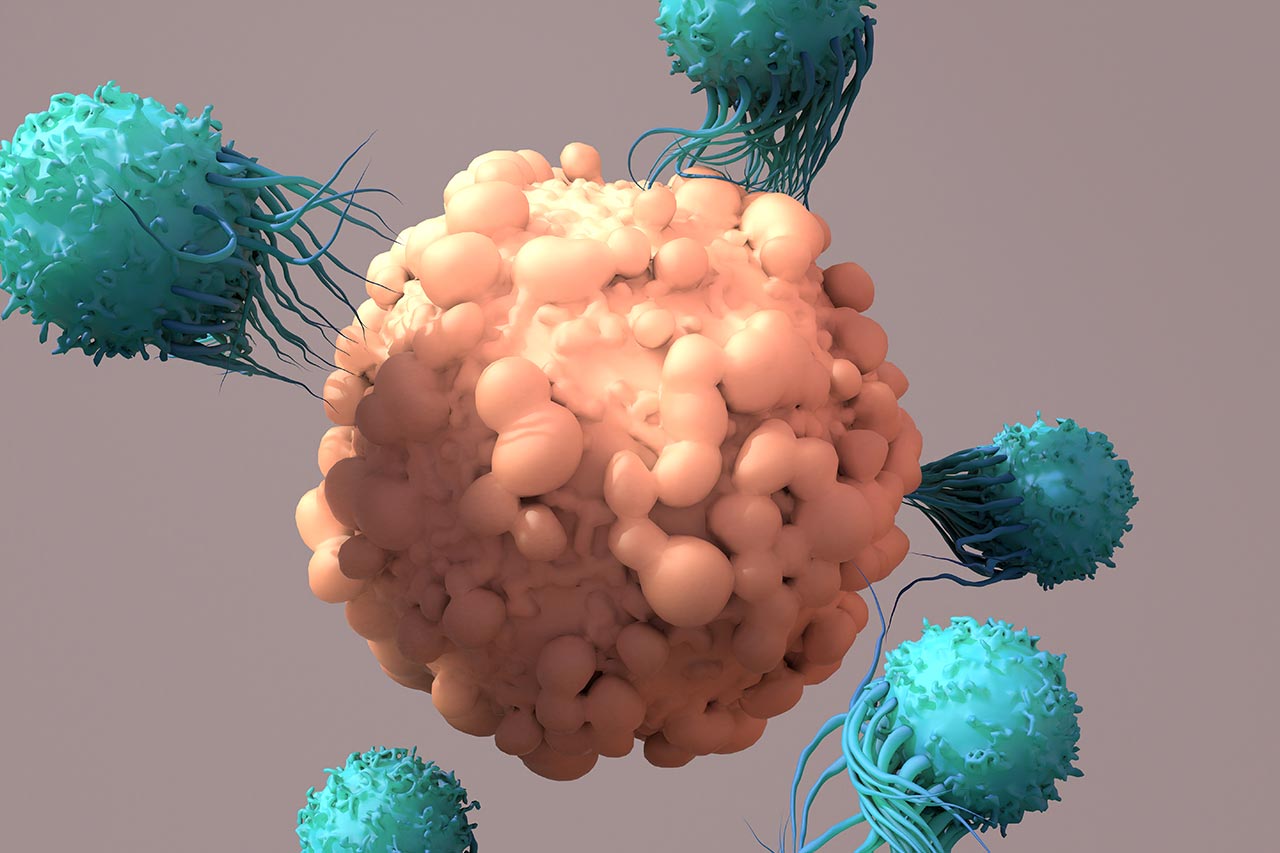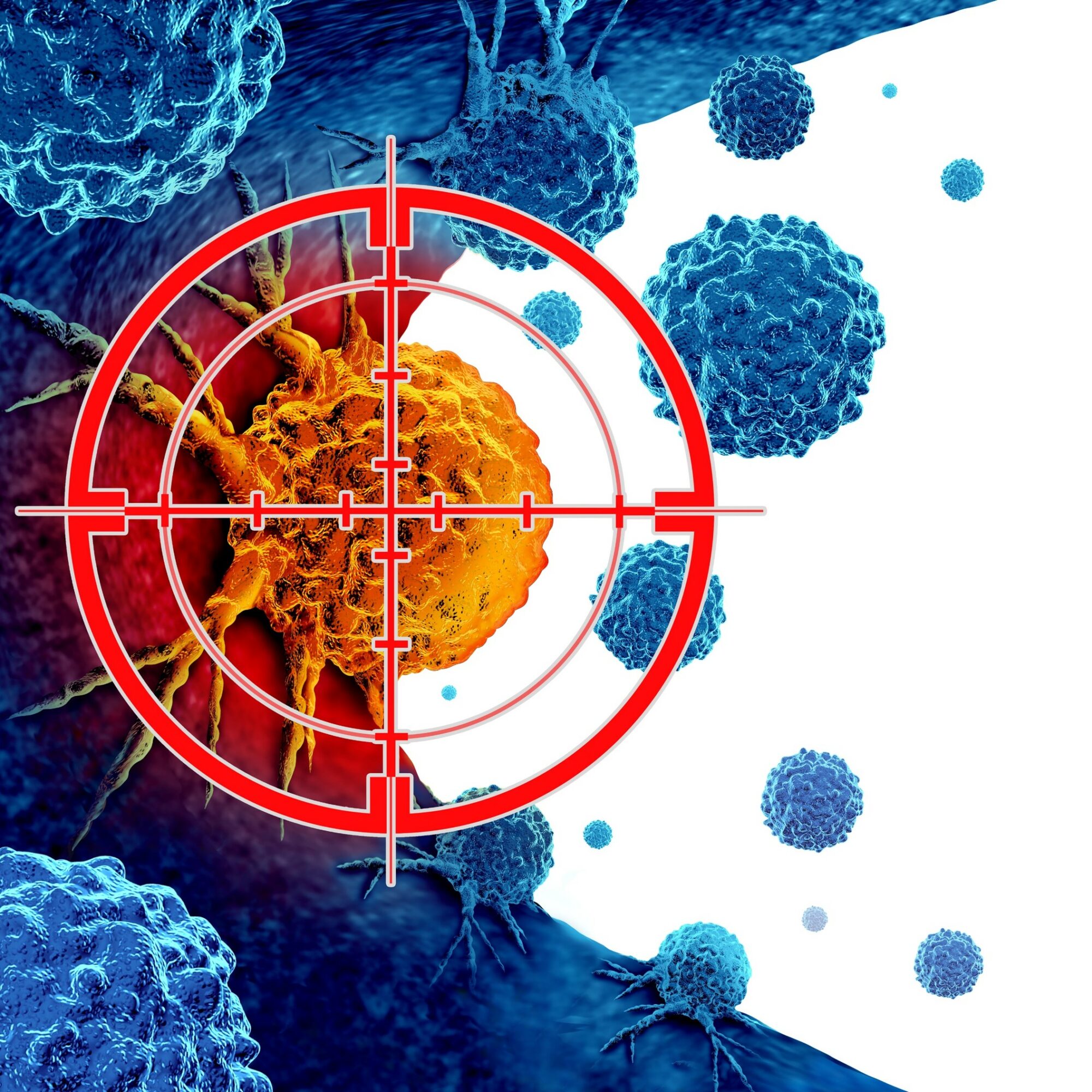Although brain cancers are rare (1% of all cancers), they are particularly aggressive. Indeed, the current first-line treatment protocol for glioblastoma, called the Stupp protocol, consists of surgical resection of the brain tumor, followed by radiochemotherapy for 6 months. It provides a median survival of 14 to 16 months and an overall survival rate of 3% at 5 years[1]. This low efficacy of treatments against brain tumors is notably due to the Hemato-Encephalic Barrier (BET) which protects the brain by blocking more than 95% of small molecules and 100% of large therapeutic molecules [2]. In fact, the doses of chemotherapy administered are high to counterbalance this filtration. This leads to significant side effects for patients, strongly impacting their quality of life. To compensate for this, carmustine implants (Gliadel®), launched on the market in the 1990s, can be added at the time of resection to diffuse therapeutic agents at the surgical stage. However, they only allow an additional month of life expectancy to be gained. The needs are high, so research is active in this therapeutic area. Alcimed reviews the different avenues considered to overcome the BBB filter and the remaining obstacles to be overcome in order to improve the treatment of brain tumors.
4 promising avenues for overcoming the BBB filter and boosting the effectiveness of brain tumor treatments
Electric fields and ultrasound to open the BBB or act directly on cancer cells
One of the most advanced techniques in terms of research is the use of ultrasound which permeabilizes the BBB for a few hours, thus allowing the passage of chemotherapy treatments. The major player in this field is Carthera, whose SonoCloud® device is currently in phase 2 of a clinical trial.
Another permeabilization technique is electroporation, where electrical pulses create transient pores in the BBB cell membrane. Tests in animal models are interesting, but clinical trials are not yet planned.
While the previous two medical devices (MDs) must be coupled with chemotherapy, the tumor treatment field technique acts directly on cancer cells by slowing them down. This technique involves the application of alternating electric fields that pulse through the skin of the scalp using surface electrode arrays, thereby interrupting the ability of cancer cells to divide. Novocure already markets two DMs in the European and U.S. markets, as first and second line treatments.
Patches to deliver therapeutic agents closer to the brain tumor
Like Gliadel®, patches that are placed in the resection cavity and deliver therapeutic agents for several months are currently in the research phase. Work is mainly at the early stage, with satisfactory results obtained on rats and ewes, as well as in phase 1.
Some patches have micro-needles added to hold the medical device in place and inject the therapeutic agents deep into the skin. This technique opens up the prospect of tailor-made treatment of brain cancers, or even refillable treatment, like the Therachip project, which avoids the need for multiple surgeries in the event of a need to adjust the treatment. Research for this type of DM is in the early stages of development, but is also showing interesting results in small and large animals.
Chemical and biological agents to bring treatments closer to the brain tumor
With their effect of temporary and localized opening of the BBB, some chemical agents are currently being studied. This is the case of borneol, a molecule produced by certain plants, which, combined with therapeutic agents, is showing interesting preclinical results.
With their very small size, certain nanoparticles, micelles, liposomes and exosomes are capable of naturally crossing the BBB. They can be used to encapsulate therapeutic agents in order to deliver them to the brain tumor.
Photosensitizing molecules to be ingested to improve the impact of Stupp’s protocol brain tumors surgery
Although the projects focus on the post-surgical stages of the current treatment protocol, the ONCO-THAI 1189 unit at the Lille University Hospital is working on increasing the effectiveness of brain tumors surgery. Their project, currently in clinical trial and very promising, consists in the ingestion by the patient of photosensitizing molecules before surgery on brain tumors. These molecules will accumulate specifically in the cancerous cells. At the time of resection, they are activated by lasers, and induce the destruction of tumor cells while preserving healthy tissue.
Read also: Will immunogenic cell death (ICD) become an alternative cancer treatment soon?
What factors limit the development of these innovative techniques against brain cancer?
In the case of nanoparticles, there are still doubts about their non-toxicity for the organism. This is all the more important because the quantities to be administered are high due to their low capacity to encapsulate therapeutic agents. Moreover, nanoparticles are complex three-dimensional products requiring demanding control processes. However, the pharmaceutical industry still lacks experience in the production of such systems, resulting in high costs for the industrialization of production processes.
Among the techniques presented above, some require the use of medical devices, some of which negatively impact the quality of life of the brain cancer patient. The Optune® medical device, for example, involves wearing electrodes and a case for the duration of the treatment. Implantable medical devices present an infectious risk, a problem that has slowed the use of Gliadel® since cyst formation in the brain has been observed in 10% of cases[3].
Finally, the therapeutic agents tested and the innovative techniques to boost the effectiveness of brain tumor treatments are not very effective overall. Indeed, the highest median survival, obtained with Novocure’s Optune®, is 20 months, which is 4 months longer than with the current treatment protocol for brain tumors.
Crossing the BBB is a real challenge for the treatment of brain tumors. Many techniques are currently being explored to improve the median survival and quality of life of patients. They are still mainly at the research stage with various challenges: to allow a median survival of more than 20 months, to prove the absence of toxicity, to be industrialized and to be non restrictive for patients. Alcimed follows closely the rapid developments in the field of oncology and our team is ready to accompany you in your projects! Don’t hesitate to contact our specialized team!
[1] Stupp et al. (2009). Effects of radiotherapy with concomitant and adjuvant temozolomide versus radiotherapy alone on survival in glioblastoma in a randomised phase III study : 5-year analysis of the EORTC-NCIC trial. The Lancet Oncology, 10(5), 459‑466. https://doi.org/10.1016/s1470-2045(09)70025-7
[2] Fabien Gosselet, Pietra Candela, Roméo Cecchelli et Laurence Fenart (2011). Role of the blood-brain barrier in Alzheimer’s disease. Med Sci (Paris), 27 : 987–992. https://doi.org/10.1051/medsci/20112711015
[3] Gliadel 7,7 mg, implant, boîte de 8 sachets de 1. https://sante.lefigaro.fr/medicaments/5619075-gliadel-7-7mg-implant-8
About the author,
Elodie, Consultant in the Innovation and Public Policy team of Alcimed in France



